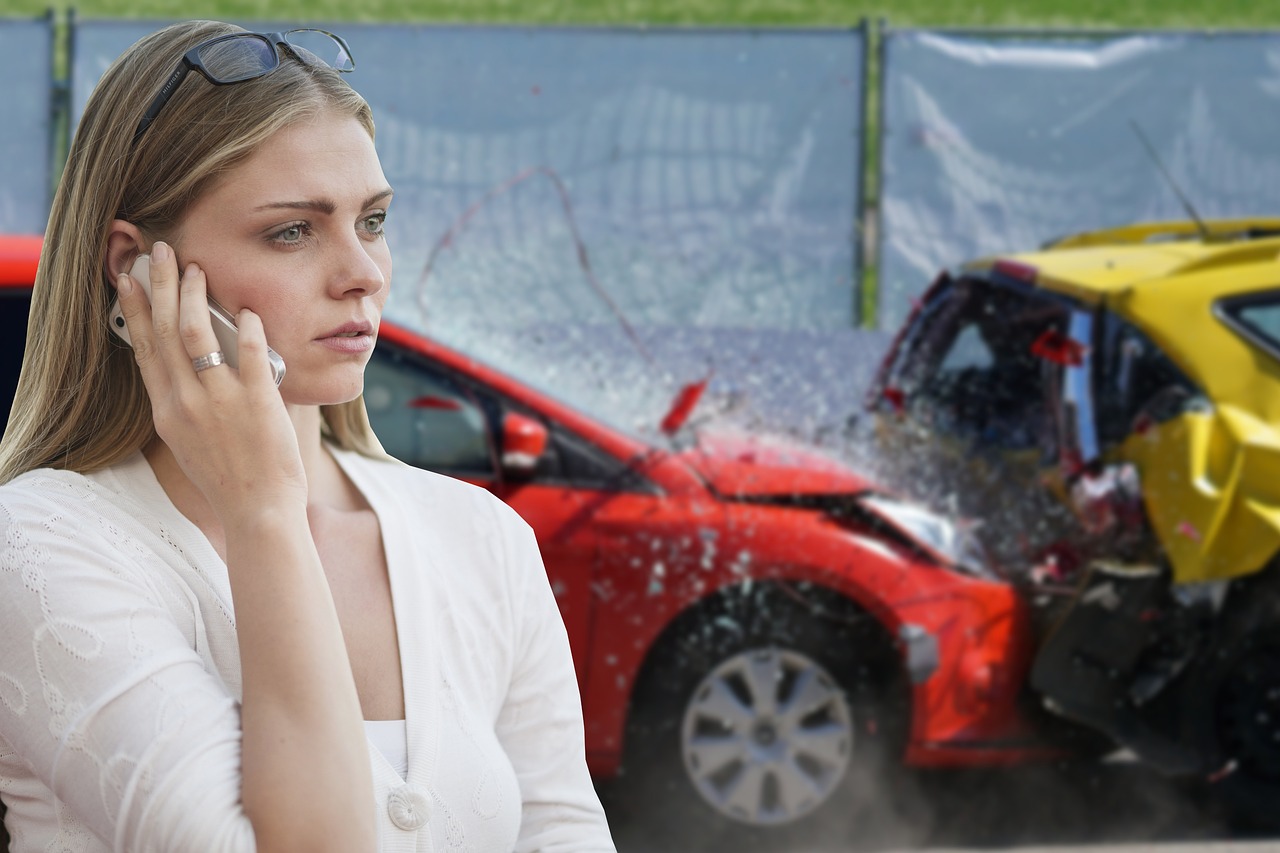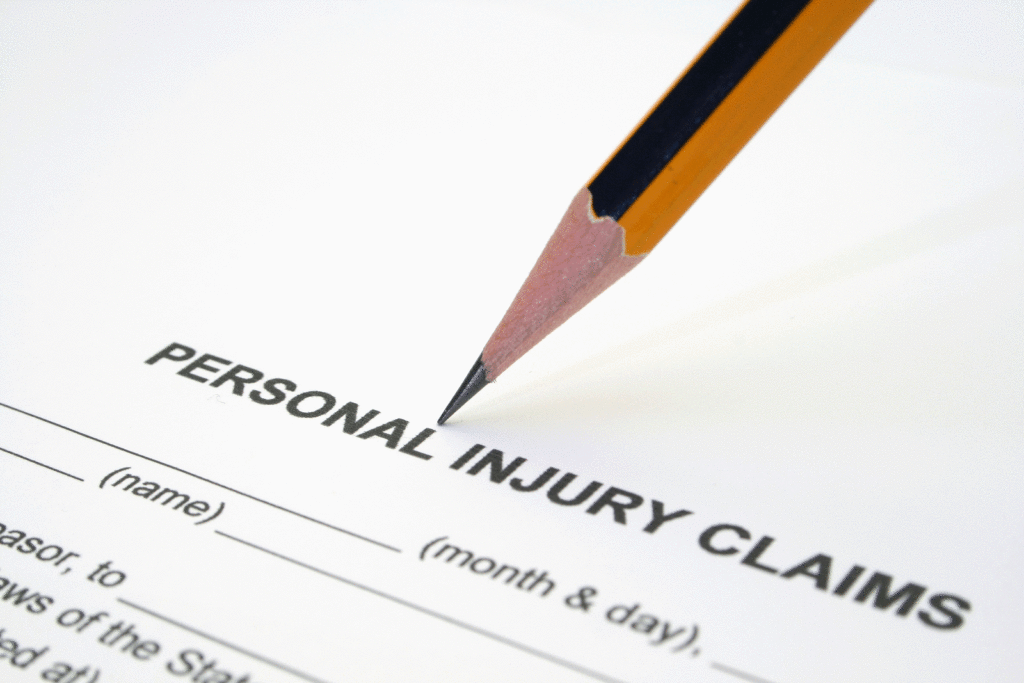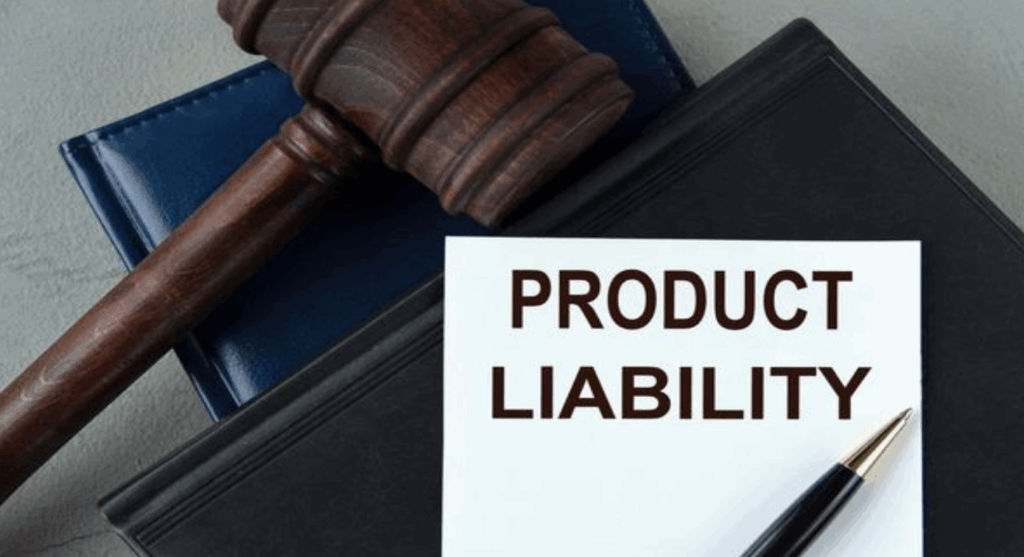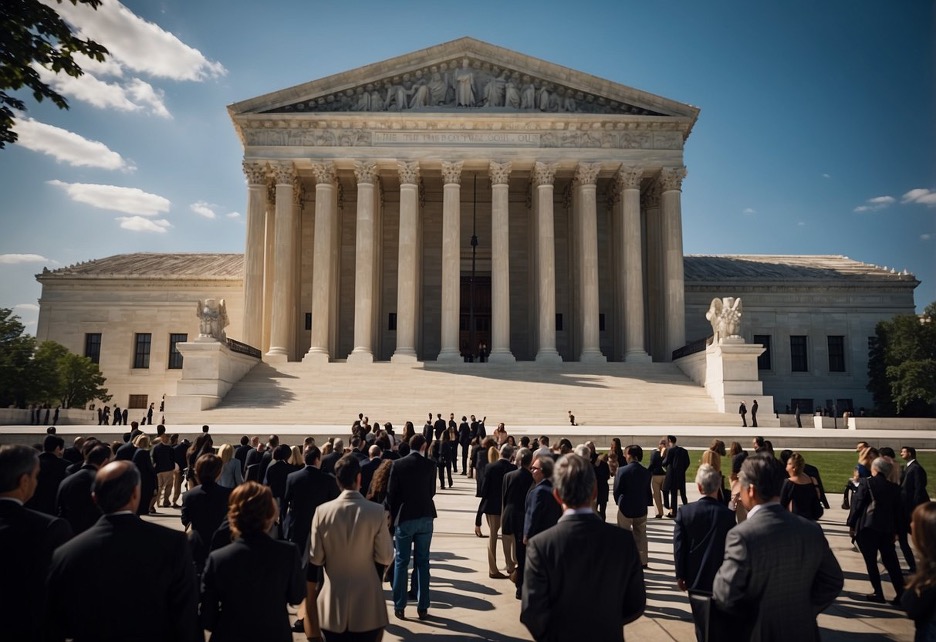Now Reading: Determining Liability in a Florida Car Accident: Who Covers Your Damages?
-
01
Determining Liability in a Florida Car Accident: Who Covers Your Damages?

Determining Liability in a Florida Car Accident: Who Covers Your Damages?
Being involved in any type of accident can be stressful. Even if you’re not seriously injured, you’re probably still shaken up. Adding to your stress is trying to figure out who’s responsible for the collision. Is the accident the other driver’s fault or do you share some or all of the blame?
Determining liability in an intersection crash can be even more complicated compared to some other types of accidents like a fender bender. So, how is liability determined? Having a general idea of how fault is determined in car accidents can help you protect the value of your claim.
Florida is a No-Fault State
Okay, if you’re not familiar with no-fault insurance rules the name can be startling. After all, someone has to be at fault for your intersection crash. No-fault insurance laws don’t imply that no one is to blame for the accident. The term simply means everyone involved in the accident turns to their insurance for financial compensation.
The idea behind Florida’s no-fault insurance rule is to make it easier for accident victims to receive some compensation for their damages. Since you’re filing a claim with your insurance provider, the process should go a little faster and easier.
All drivers with vehicles registered in Florida must carry at least liability insurance. The type of coverage pays out claims for damages to other drivers’ vehicles which only applies if you’re at fault for the accident. If you’re not the at-fault driver, this part of your insurance is left alone. You’ll eventually file a claim for your property damage with the at-fault driver’s insurance provider.
So far no-fault insurance doesn’t seem too complicated. Now on to your PIP coverage, which is your personal injury protection (PIP) insurance that covers your medical expenses and those of your passengers. PIP can also cover some of your lost wages if your injuries from the intersection accident force you to miss work. However, regardless of the type of PIP policy, you’re going to run into caps.
PIP only pays up to 80% of medical expenses and 60% of lost income. This can leave you with significant expenses after going through your insurance provider.
Filing a Claim with the At-Fault Driver’s Insurance Provider
After you file a claim with your insurance provider, there’s a good chance you’re still dealing with bills and other losses. Remember, PIP only covers a percentage of your damages, it doesn’t take care of everything. PIP also doesn’t cover any non-economic damages like pain and suffering. Some types of serious car accidents can even leave victims with PTSD symptoms.
You should be able to file a claim for your remaining damages with the at-fault driver’s insurance provider. This is when you can claim your non-economic damages and other expenses not covered by PIP. However, you want to pay attention to the damages you list in your personal injury claim. You can’t receive compensation for damages already covered by your PIP policy.
If you claim the same damage twice, you may be guilty of trying to commit insurance fraud. Chances are, your error will be viewed as an honest mistake. Even though you’re probably not facing criminal repercussions, this can be grounds for an automatic claim denial.
This means you need to go back and refile a claim with the at-fault driver’s insurance provider. You should also be prepared for the claim process to take a little longer after making a mistake on the initial form. The insurance adjuster will probably pore over every detail of your claim.
You may need to provide additional supporting evidence but this typically depends on the insurance company. Some are a little more diligent than others. Your personal injury attorney can help you navigate this part of the claim process.
Comparative Negligence Can Impact Fault
Just when you think you have the Sunshine State’s insurance laws finally figured out, another one pops up. Florida also follows comparative fault rules and this can work in your favor. Unfortunately, sometimes comparative faults can also work against you.
With that being said, comparative fault allows more than one party to share blame for an accident. In claims involving intersection collisions, comparative fault can play a key role in determining personal injury case values.
As long as you’re not assigned more than 50% of the blame for an accident, you can still file a compensation claim against the other involved driver. Your settlement amount is simply reduced by your percentage of the blame. If you’re still feeling a little confused, here’s an example of comparative fault in an intersection accident.
If you’re speeding through an intersection and another driver runs a red light, hitting your vehicle, you’re both probably at fault for the collision. You’re guilty of speeding and the other driver for not stopping at the red light. Who’s assigned more of the blame can vary and it’s not something you or your attorney gets to decide.
Who Determines Fault in a Florida Car Accident?
The person or entity responsible for determining fault in Florida car accidents can vary. Usually, the responding authorities and accident scene investigators take care of this, but not always.
Sometimes, the insurance adjuster, either yours or the other driver’s) has a say in how fault is determined. This can especially apply in cases when comparative fault applies. The insurance adjuster will often try to ensure their client is assigned a lower percentage of the blame, so this way, your settlement amount is automatically if you decide to pursue compensation.
You can appeal any decision regarding fault. You’re not necessarily stuck with the percentage of blame assigned to you. Working with a personal injury attorney, you can file an appeal in civil court. A judge or jury will listen to and review your evidence and make a decision regarding blame.
While there’s no guarantee the court will reduce your percentage of fault, sometimes filing an appeal is worth the additional time and effort.










